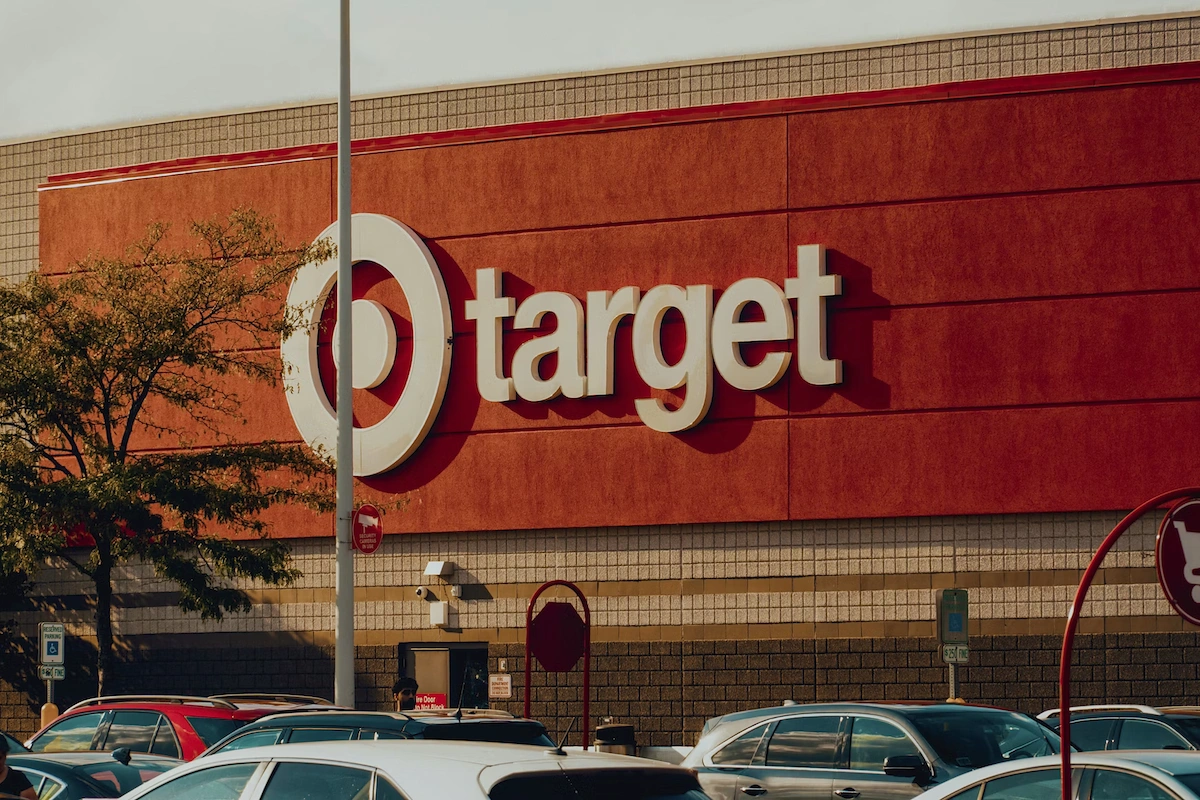
Kudos has partnered with CardRatings and Red Ventures for our coverage of credit card products. Kudos, CardRatings, and Red Ventures may receive a commission from card issuers. Kudos may receive commission from card issuers. Some of the card offers that appear on Kudos are from advertisers and may impact how and where card products appear on the site. Kudos tries to include as many card companies and offers as we are aware of, including offers from issuers that don't pay us, but we may not cover all card companies or all available card offers. You don't have to use our links, but we're grateful when you do!
531 Credit score: What You Need to Know in 2025
July 1, 2025


TL;DR
A 531 credit score is a foundational step on your financial journey, offering a clear path for growth and improvement. According to the FICO model, this score is categorized as "Poor," highlighting specific areas to focus on for a stronger credit profile.
What Does a 531 Credit Score Mean?
A FICO score of 531 falls squarely into the "poor" credit category, which typically covers scores from 300 to 579. Lenders view this as a high-risk indicator, suggesting a history of payment difficulties or a limited credit file. This score can act as a major financial roadblock, making it tough to get approved for new credit or favorable loan terms. It signals to institutions that you may struggle to repay debts.
Practically, a 531 score often leads to rejections for loans and credit cards. If approved, expect steep interest rates and strict terms, making borrowing expensive. While this position presents challenges, your score isn't permanent. It can be the starting point for building a healthier credit profile and working toward a stronger financial future.
Who Has a 531 Credit Score?
While age isn't a direct factor in credit score calculations, there is a clear trend of scores improving over time. According to 2023 data from Experian, here is how average FICO scores break down by generation:
- Generation Z (ages 18-26): 680
- Millennials (ages 27-42): 690
- Generation X (ages 43-58): 709
- Baby Boomers (ages 59-77): 745
- Silent Generation (ages 78+): 760
Credit Cards With a 531 Credit Score
A credit score of 531 falls into the "poor" range, which can significantly limit your credit card options. Most lenders view this score as an indicator of high risk, making it challenging to qualify for traditional, unsecured credit cards. You'll likely find your choices are restricted to secured cards or cards specifically designed for individuals with bad credit, which often come with higher interest rates and lower credit limits.
Kudos can help you find the best credit card for your situation with its AI-powered tools that provide personalized recommendations based on your unique spending habits and financial priorities. Its Dream Wallet feature analyzes your transactions to match you with cards that maximize your rewards, while also offering insights into how applying for a new card might impact your credit score.
Auto Loans and a 531 Credit Score
A 531 credit score places you in the subprime borrower category, which means that while you can likely get an auto loan, it will come with significantly higher interest rates. These less favorable terms result in more expensive monthly payments and a greater total cost over the life of the loan.
- Super-prime (781-850): 5.25% for new cars, 7.13% for used cars
- Prime (661-780): 6.87% for new cars, 9.36% for used cars
- Non-prime (601-660): 9.83% for new cars, 13.92% for used cars
- Subprime (501-600): 13.18% for new cars, 18.86% for used cars
- Deep subprime (300-500): 15.77% for new cars, 21.55% for used cars
Mortgages at a 531 Credit Score
While a 531 credit score significantly limits your options, it doesn't completely disqualify you from homeownership. According to mortgage loan requirements, your most realistic path is an FHA loan, which accepts scores as low as 500 if you can provide a 10% down payment. Some specialty or subprime lenders may also offer non-prime mortgages, but these are less common and come with stricter terms.
A 531 score means you will face less favorable loan conditions. Lenders will charge higher interest rates and fees to compensate for the increased risk. You will also have fewer loan choices, as most conventional loans require a minimum score of 620. Your finances will likely undergo a stricter review process known as manual underwriting.
What's in a Credit Score?
Understanding your credit score can feel like trying to solve a complex puzzle, as it's a blend of several key financial habits. The most common factors that determine your score include:
- Your payment history tracks whether you have paid past credit accounts on time.
- Credit utilization is the percentage of your available credit that you are currently using.
- The length of your credit history considers the age of your oldest account and the average age of all your accounts.
- Credit mix refers to the variety of credit products you have, such as credit cards, retail accounts, and loans.
- New credit inquiries and recently opened accounts can also temporarily impact your score.
How to Improve Your 531 Credit Score
No matter your current standing, it is always possible to improve your credit score. With consistent effort and the right strategies, you can boost your creditworthiness and unlock better financial opportunities.
- Monitor your credit reports. Regularly check your reports from all three major bureaus to spot and dispute any inaccuracies that could be dragging down your score. This also helps you track your progress and detect any potential identity theft early on.
- Set up automatic bill payments. Since payment history is the single most important factor in your credit score, automating payments ensures you never miss a due date. This builds a positive payment history over time, which is crucial for rebuilding from a 531 score.
- Apply for a secured credit card. A secured card requires a cash deposit but reports your activity to the major credit bureaus, helping you build a positive credit history with responsible use. Making small, regular purchases and paying them off on time is an excellent way to rebuild when other options are limited.
- Reduce your credit utilization ratio. This ratio is the second most important factor in your score, so aim to keep your balances below 30% of your credit limit. Paying down existing debt is the most direct way to improve this ratio and show lenders you can manage credit responsibly.
To help you maximize rewards while you build your credit, consider using a tool like the Kudos browser extension.
Unlock your extra benefits when you become a Kudos member

Turn your online shopping into even more rewards

Join over 400,000 members simplifying their finances

Editorial Disclosure: Opinions expressed here are those of Kudos alone, not those of any bank, credit card issuer, hotel, airline, or other entity. This content has not been reviewed, approved or otherwise endorsed by any of the entities included within the post.



































.webp)



.webp)



.webp)

